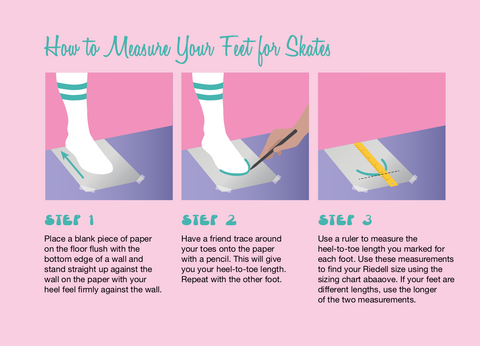What Makes a Skate “Indoor” or “Outdoor”?
When it comes to roller skates, the main difference between an indoor and outdoor skate isn’t the boot or plate—it’s the wheels. The hardness (or “durometer”) of the wheel determines how it performs on different surfaces:
-
Indoor wheels are typically harder—ranging from 88A to 103A—designed for smooth, hard floors like wood or polished concrete. A harder wheel allows for easier slides and more speed indoors.
-
Outdoor wheels are softer—usually 78A to 88A—which helps absorb vibrations and bumps from rougher surfaces like asphalt, sidewalks, or outdoor tracks.
Some wheels fall in the middle, around 88A-91A, and are considered “hybrid wheels.” These are most commonly found on entry-level skates like Impalas or certain roller derby wheels made for surfaces like sport court or rough concrete, where a bit more grip is needed.
👉 Note on Impala skates: Impala skates come with a hybrid wheel in the 82A range. This makes them versatile enough to roll both indoors and outdoors, but because the wheel isn’t fully optimized for either surface, they won’t perform at a high level for specialized skating (like dance, speed, or derby). However, they’re a fantastic starting point for beginners looking to explore skating casually on different surfaces. (That is why you see them listed on both the Indoor and Outdoor pages!)
👉 Note on park setups: Skates designed for the skate park usually come equipped with hard wheels (around 99A). These wheels are ideal for smooth concrete and skate park environments, giving the grip and slide balance needed for tricks and ramps. They’re not recommended for rough outdoor streets or sidewalks, as they’ll feel too hard and bumpy on uneven terrain.
Bottom line: If you want to switch between skating indoors and outdoors, all you need to do is change your wheels!
59 products




































































































































